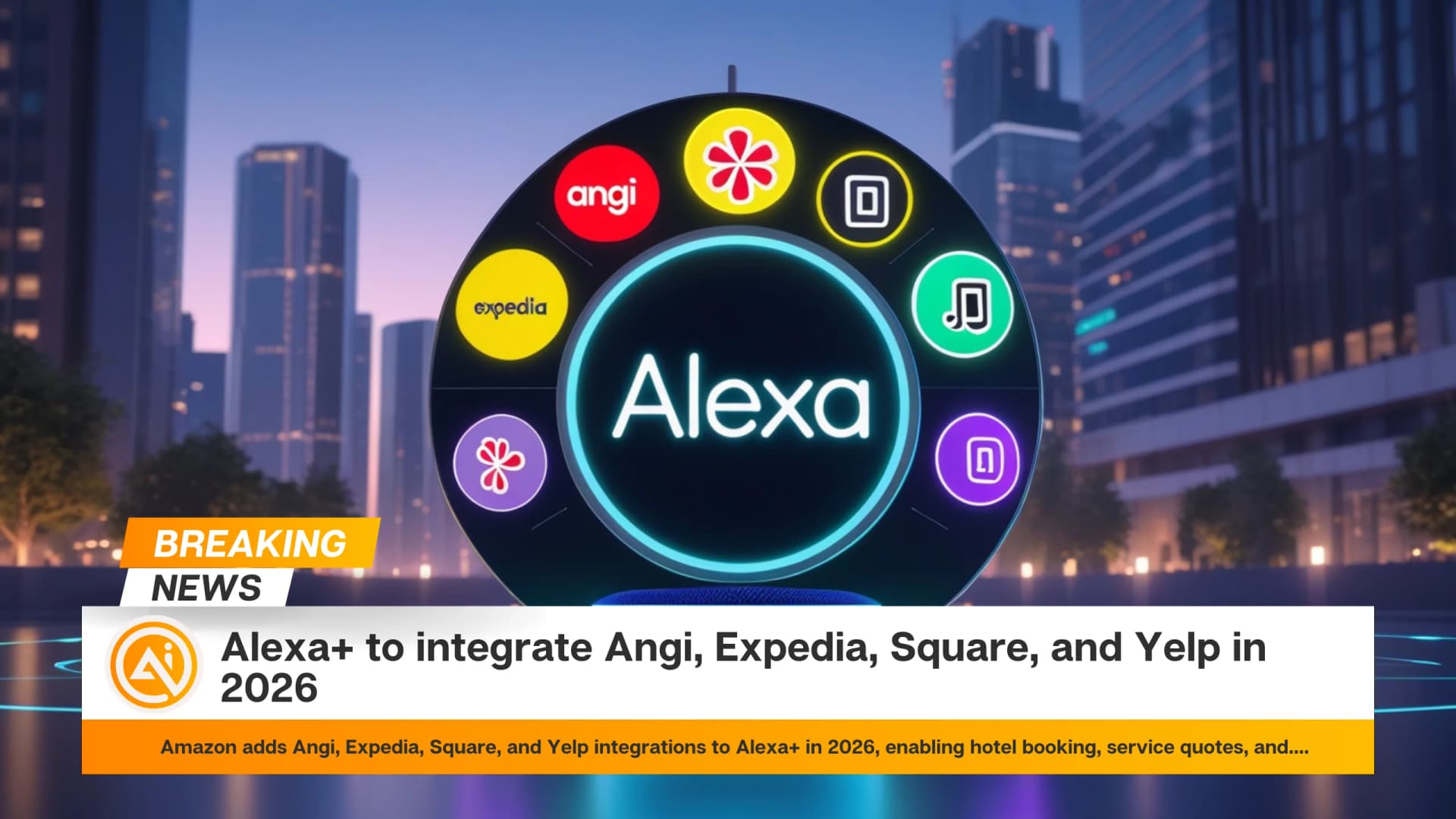DeepSeek’s AI model has been described as the most impressive work from China by Google DeepMind CEO Demis Hassabis. However, he emphasized that despite the excitement surrounding it, there are no groundbreaking scientific advancements in the model.
DeepSeek recently claimed its AI was trained at significantly lower costs and used less-advanced Nvidia chips, causing market reactions and raising concerns about AI spending. Hassabis acknowledged DeepSeek’s engineering expertise and geopolitical influence but stated that the model uses existing AI techniques without introducing new innovations.
He also pointed out that Google’s recently launched Gemini 2.0 Flash models are more efficient than DeepSeek’s.
While DeepSeek’s cost-effectiveness claims have gained attention, industry experts question whether its development expenses were truly as low as stated.
The discussion highlights growing concerns over AI investment strategies and whether large companies are spending excessively on AI infrastructure.
The conversation around AI progress continues as the industry debates the timeline for artificial general intelligence (AGI). AGI refers to AI systems that surpass human intelligence across all cognitive tasks.
Hassabis believes AGI could be just five years away, predicting significant societal changes once it becomes a reality. He emphasized the importance of preparing for both its benefits and risks, a sentiment echoed by other AI leaders, including OpenAI CEO Sam Altman.
Concerns over AGI risks remain a key topic, with experts warning about the potential loss of human control over AI systems. Prominent scientists such as Max Tegmark and Yoshua Bengio have voiced their worries about the implications of AGI. While AI development continues at a rapid pace, the industry faces challenges in balancing innovation, cost efficiency, and safety.
